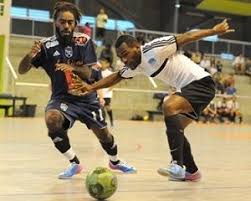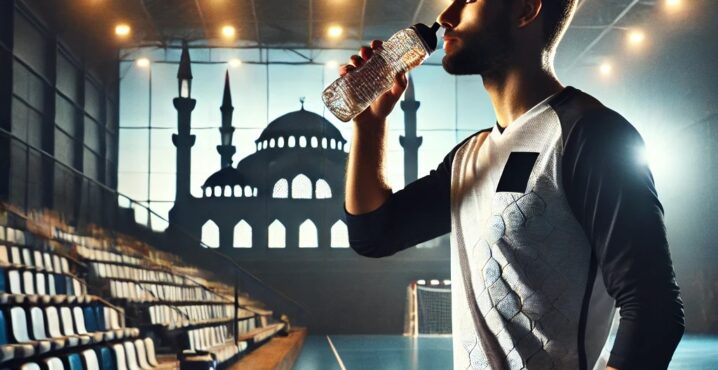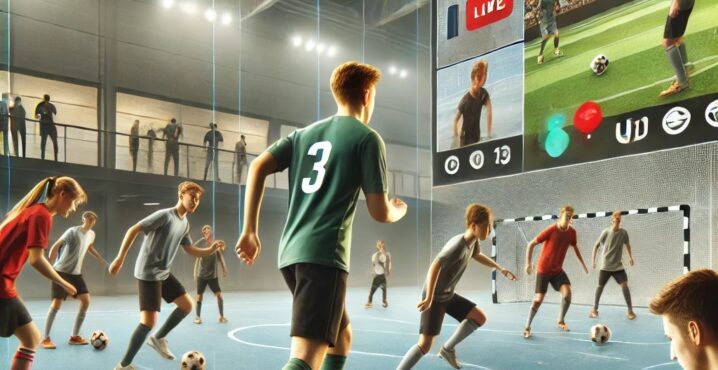Estimated reading time:2 minutes, 22 seconds
ABSTRACT: This study assessed the anthropometric and physiological characteristics of elite Melanesian futsal players in order to determine the best performance predictors. Physiological parameters of performance were measured in 14 Melanesian (MEL-G, 24.4±4.4 yrs) and 8 Caucasian (NMEL-G, 22.9±4.9) elite futsal players, using tests of jump-and-reach (CMJ), agility (T-Test), repeated sprint ability (RSA), RSA with change-of-direction (RSA-COD), sprints with 5 m, 10 m, 15 m, and 30 m lap times, and aerobic fitness with the 30-15 intermittent fitness test (30-15 IFT). The anthropometric data revealed significantly lower height for MEL-G compared with NMEL-G: 1.73±0.05 and 1.80±0.08 m, respectively; P=0.05. The CMJ was significantly higher for MEL-G than NMEL-G: 50.4±5.9 and 45.2±4.3 cm, respectively; P=0.05. T-Test times were significantly lower for MEL-G than NMEL-G: 10.47±0.58 and 11.01±0.64 seconds, respectively; P=0.05. MEL-G height was significantly related to CMJ (r=0.706, P=0.01), CMJpeakP (r=0.709, P=0.01) and T-Test (r=0.589, P=0.02). No significant between-group differences were observed for sprint tests or 30-15 IFT, including heart rate and estimated VO2max. Between groups, the percentage decrement (%Dec) in RSA-COD was significantly lower in MEL-G than NMEL-G (P=0.05), although no significant difference was noted between RSA and RSA-COD. Within groups, no significant difference was observed between %Dec in RSA or RSA-COD; P=0.697. This study presents specific anthropometric (significantly lower height) and physiological (significantly greater agility) reference values in Melanesians, which, taken together, might help coaches and physical fitness trainers to optimize elite futsal training and talent identification in Oceania.
AUTHORS: Galy O, Zongo, Chamari, Chaouachi, Michalak, Dellal, Castagna and Hue O
Authors’ affiliations:
1 ESPE de la Nouvelle-Calédonie, CNEP EA 4242, Université de la Nouvelle-Calédonie, Campus de Nouville – BP R4 – 98851 Nouméa, New Caledonia
2 UPRES-EA 3596, Laboratoire ACTES, Unité de Formation et de Recherche des Sciences et Techniques des Activités Physiques et Sportives Antilles-Guyane, Campus de Fouillole, 97159 Pointe à Pitre Cedex, France a
3 Athlete Health and Performance Research Centre, ASPETAR, Qatar Orthopaedic and Sports Medicine Hospital, Doha, Qatar
4 Research Laboratory ‘’Sport Performance Optimization’’, National Centre of Medicine and Sciences in Sport (CNMSS), Tunis, Tunisia
5 FIFA Medical Center of Excellence, Centre Orthopedique Santy, Lyon, France
6 Football Training and Biomechanics Laboratory, Technical Department, Italian Football Federation (FIGC), Coverciano (Florence), Italy
If you like the information provided, you can read more articles about Futsal Research by going to the top navigation bar or click here
If you like this article and would like to keep updated on Futsal news, developments, etc then please submit your email below in the Subscribe to Futsal Focus option.
Follow Futsal Focus by clicking on Facebook, Twitter or Instagram or on the social media buttons on the website.


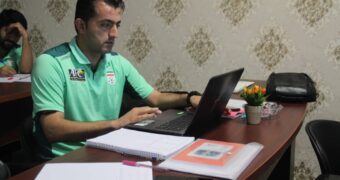
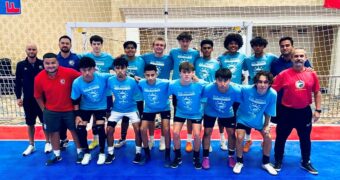


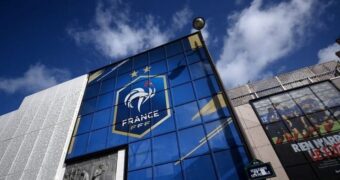
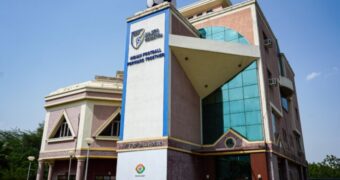
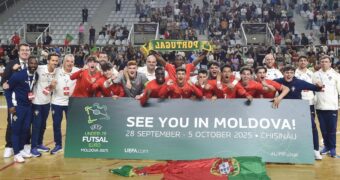

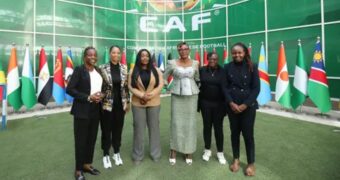
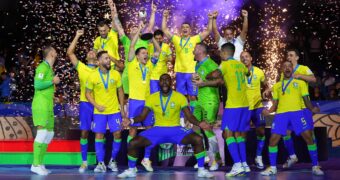
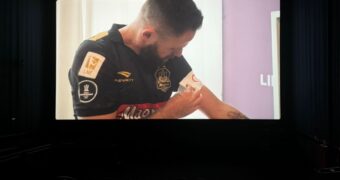
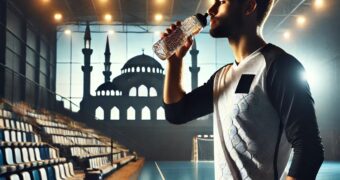
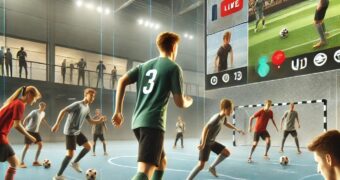
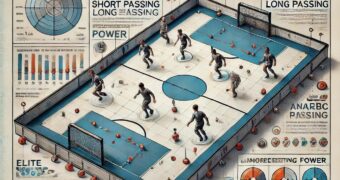
![Validate my RSS feed [Valid RSS]](https://www.futsalfocus.net/wp-content/uploads/2020/01/valid-rss-rogers.png)

